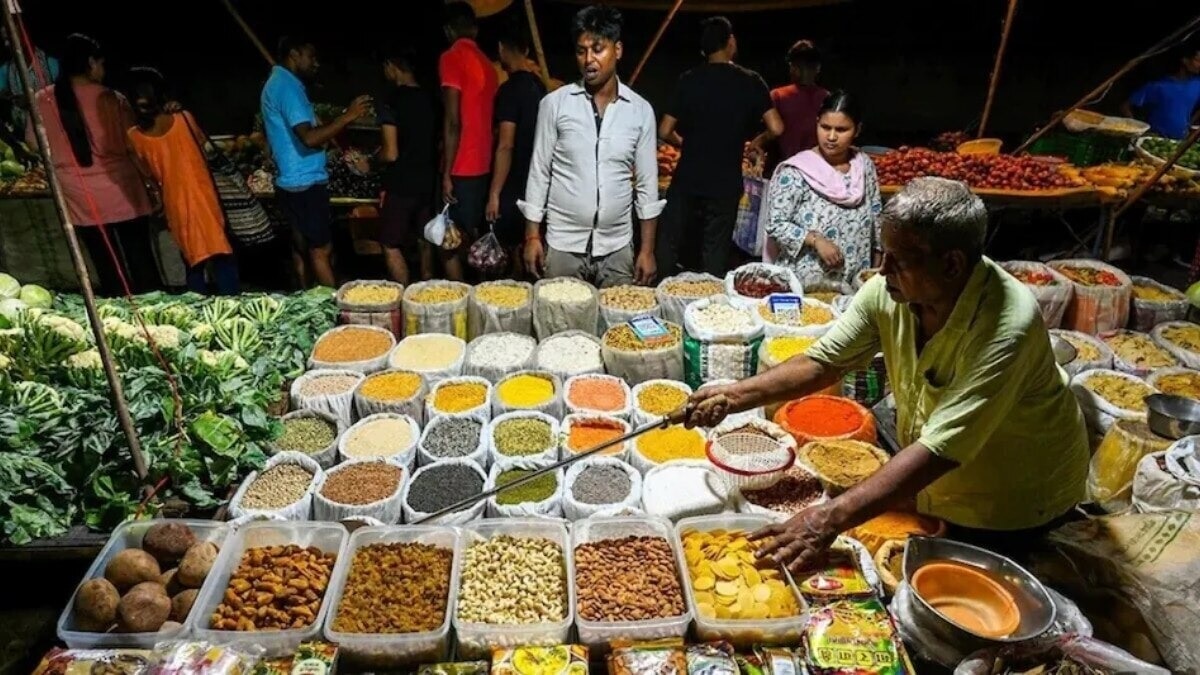The Reserve Bank of India expects inflation to rise in the final quarter of FY26, even as it cut the full-year projection and held rates steady, citing cooling food prices and steady growth.
The RBI’s Monetary Policy Committee on Wednesday revised its FY26 inflation forecast down to 3.1% from 3.7%, citing easing food prices. But inflation is expected to climb to 4.4% in Q4, driven by volatile vegetable prices, before breaching the 4% target again in FY27 at 4.9%.
“While headline inflation is much lower than projected earlier, it is mainly due to volatile food prices. Inflation is projected to go up from the last quarter of this financial year,” RBI Governor Sanjay Malhotra said.
The central bank kept the policy repo rate unchanged at 5.50% and maintained its neutral stance, prioritizing growth support amid trade and tariff-related global uncertainty.
Retail inflation cooled to 2.10% in June — a 77-month low — due to a sharp dip in food prices. Core inflation held steady at 4%, and food inflation recorded a negative print.
Quarter-wise CPI projections for FY26 stand at 2.1% in Q2, 3.1% in Q3, and 4.4% in Q4. Risks remain “evenly balanced,” the MPC noted.
Despite easing price pressures, the RBI warned that rising global crude prices and trade disruptions could still impact inflation. A 10% spike in global crude prices could raise India’s headline inflation by 20 basis points, the bank said in its July Bulletin.
The RBI’s annual report flagged oil import dependency and monsoon variability as major inflation risks, even as it highlighted easing supply-side pressures and favorable base effects as moderating factors.
The bank reaffirmed its intent to manage liquidity to support productive sectors and ensure credit flow while transitioning towards alternative energy sources for long-term price stability.







